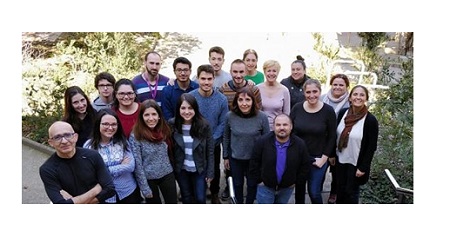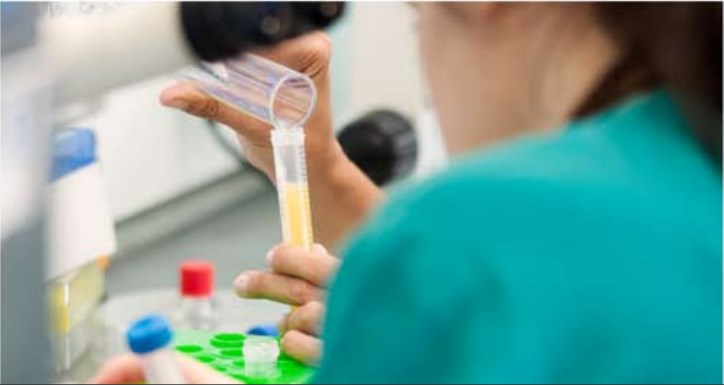Biodistribution, safety and efficacy studies of pharmacological release nanotechnological systems
Ibane Abásolo, Scientific Coordinator of NANBIOSIS U20, explains in this video the studies of biodistribution, safety and efficacy of nanotechnological systems of pharmacological liberation that are developed in this unit and , overall, their expertise and differentiation in the sector in the evaluation of nanosystems (with certification ISO 901-2015)


















